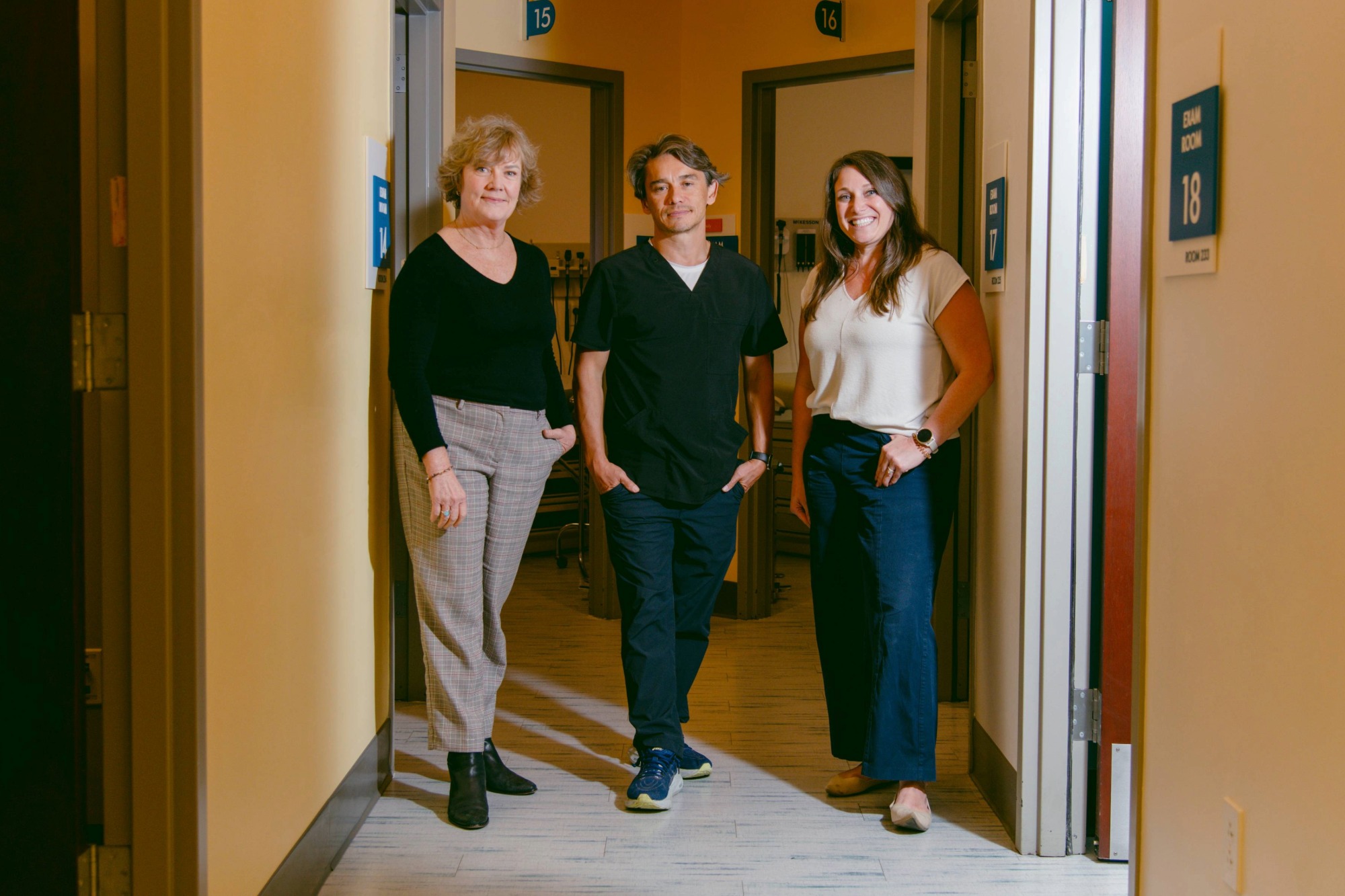Welcome to the Opioid Safety Toolkit for Health Plans
The US is in the midst of the worst drug crisis in its history. In 2017, nearly 50,000 Americans died of an opioid overdose, including more than 2,000 Californians. Addressing the epidemic requires responses from multiple sectors of the health care system.
Manatt Health created this toolkit for health plans implementing opioid safety initiatives. The toolkit showcases best practices and success stories and provides practical tools across five areas:
- Leadership and Change Management: How to mobilize your organization to make change
- Provider Network: How to ensure your network provides safer pain management and evidence-based addiction treatment
- Medical Management: How to coordinate care for high-risk members
- Pharmacy Benefit: How to safely reduce new opioid starts and streamline access to buprenorphine and naloxone
- Member Services: How to offer resources for members and their families/caregivers to learn about opioid safety and pain management




Smart Care California
This toolkit is based on work by Smart Care California, a public-private partnership supported by CHCF, and was informed by a literature review and conversations with health plan leaders across the state. The toolkit translates those leaders’ experiences into actionable steps and tools.
Smart Care is working to promote safe, affordable care in California, including a focus on opioid-related morbidity and mortality. The group has developed a checklist for health plans to curb the opioid epidemic (PDF). The goals of the checklist are to:
- Prevent. Decrease the number of new starts: fewer prescriptions, lower doses, shorter durations.
- Treat. Streamline access to evidence-based treatment for substance use disorder at all points in the health care system.
- Manage. Identify patients on risky regimens (high-dose, or opioids and sedatives) and develop individualized treatment plans, avoiding mandatory tapers.
- Stop overdose deaths. Promote data-driven harm reduction strategies, such as naloxone access and syringe exchange.
What’s Included
Each of the toolkit’s sections contains clear steps on how to achieve the checklist’s goals in your organization. Throughout, we include real-world examples of health plans’ experiences in executing their initiatives. Tools such as a model work plan, project management checklist, infographics, and more are provided, and you can customize to suit your individual organization’s needs. You can put them into slides, add your organization’s branding, augment them, and adjust the format as needed. These are your tools.
For health plans that seek additional help implementing opioid safety initiatives, CHCF has created an Opioid Safety Resource Catalog with background information on firms and consultants that can provide expert guidance in a range of areas.
Contribute
Do you have a tool you think will be helpful to others implementing the checklist? Do you have a story about your initiative that you would like to share? Please email us.





